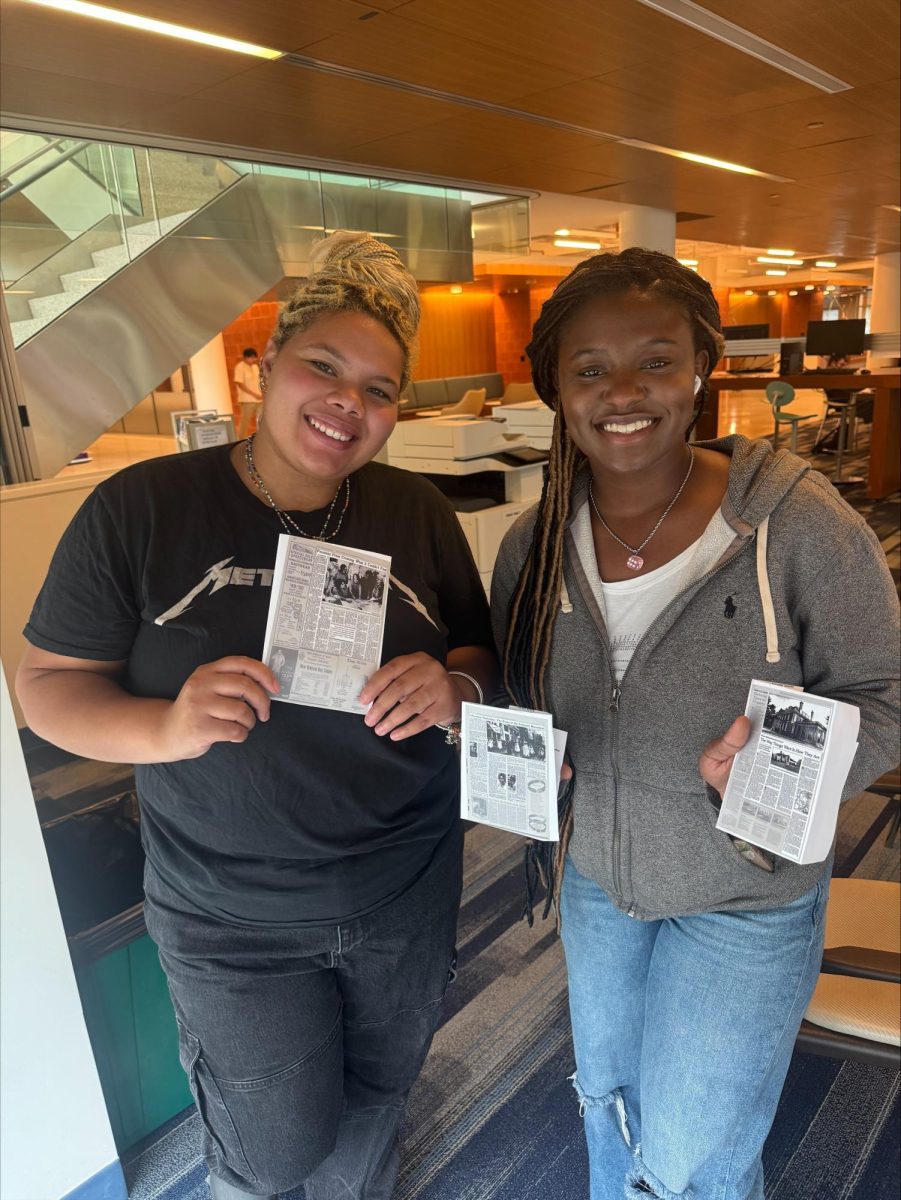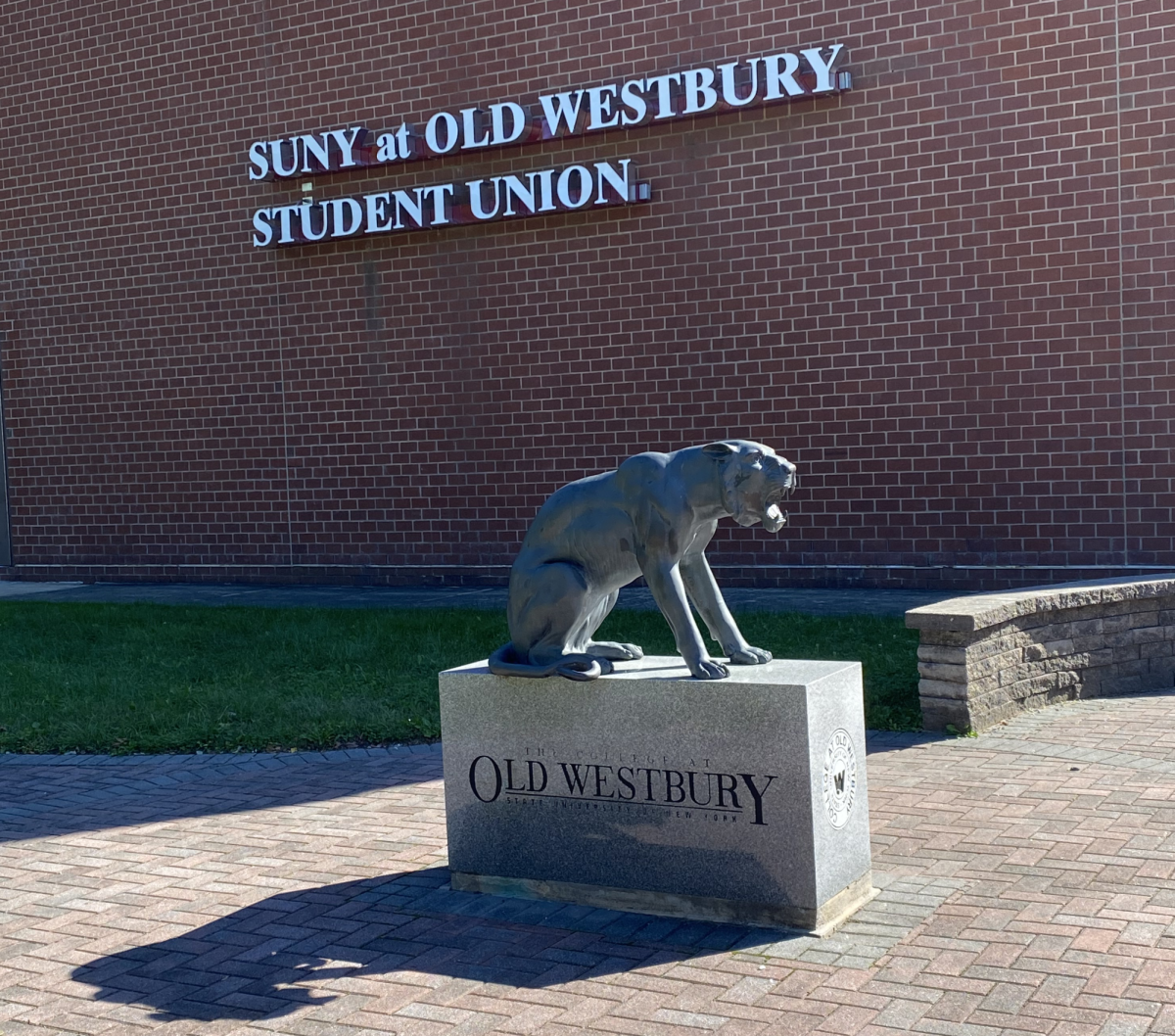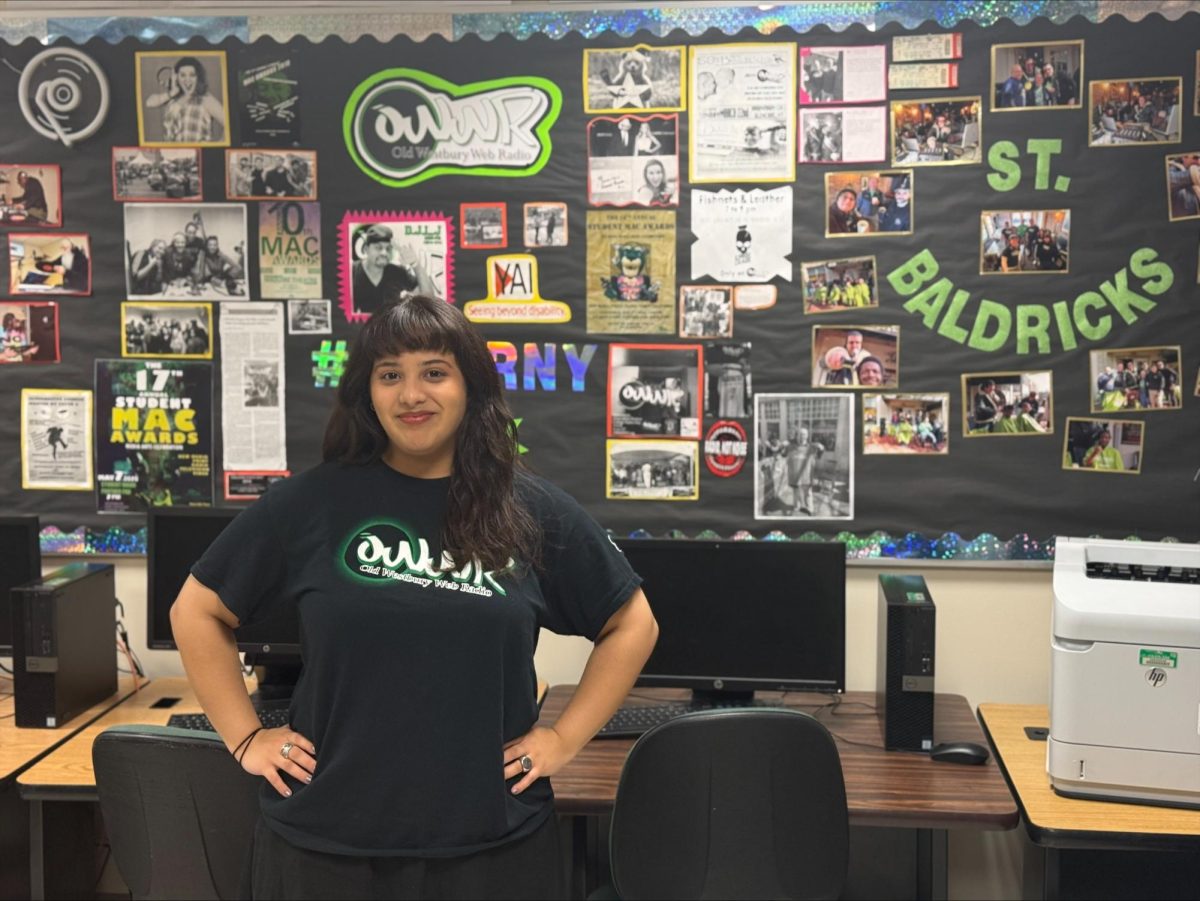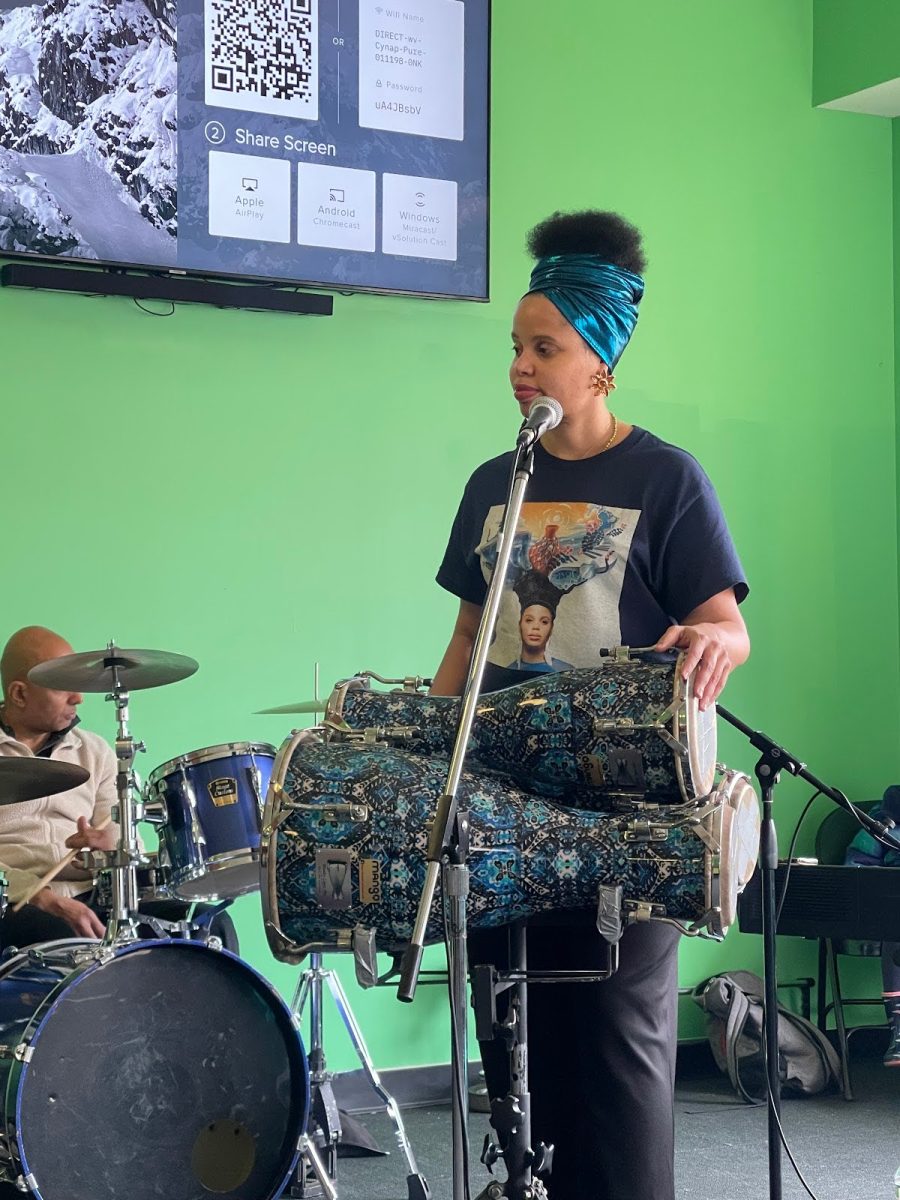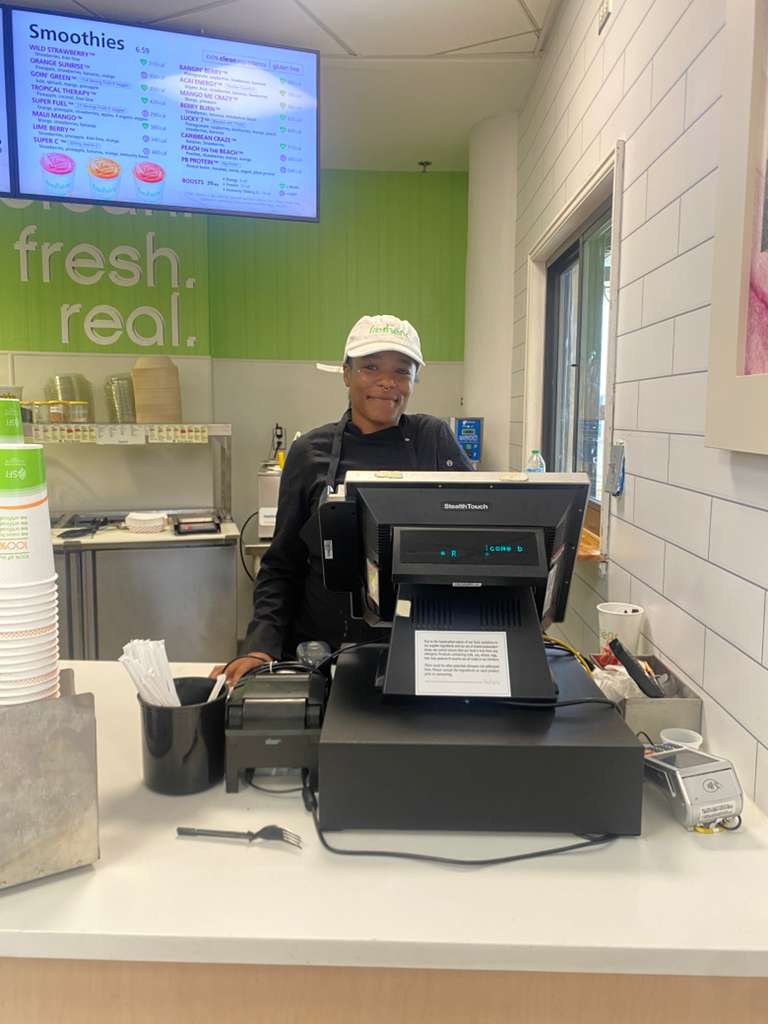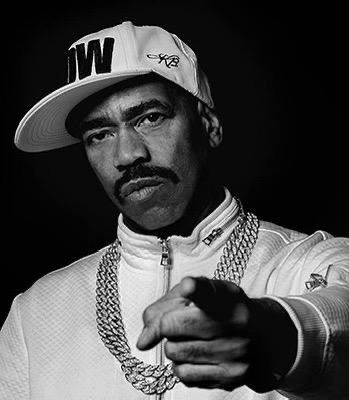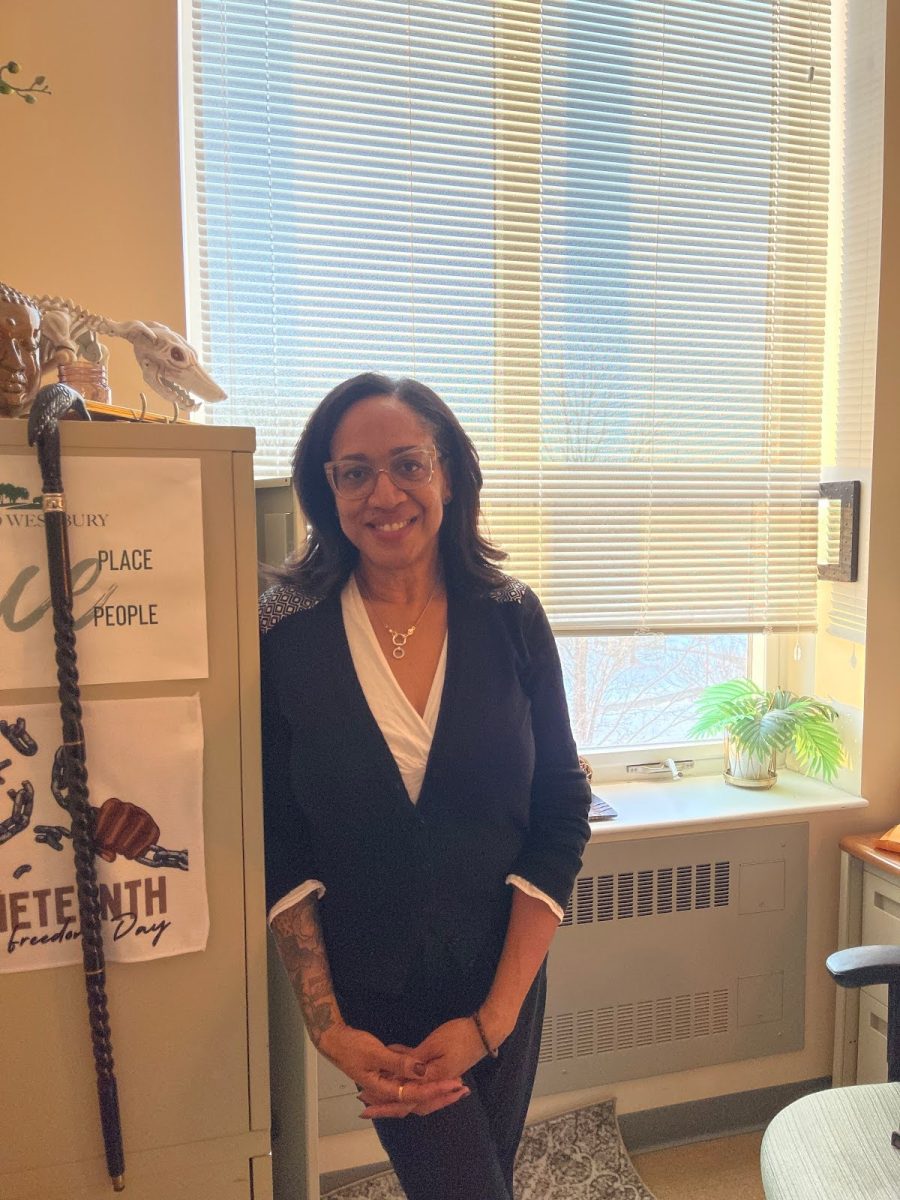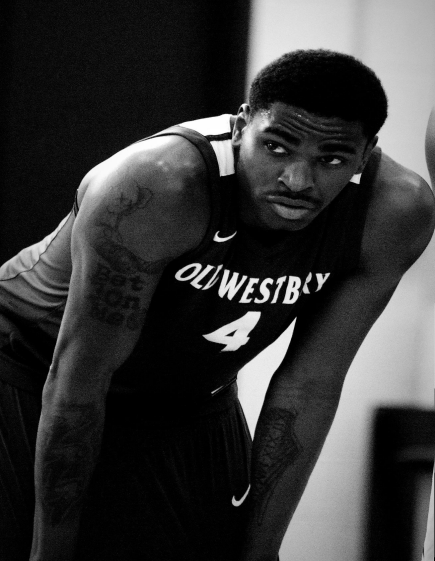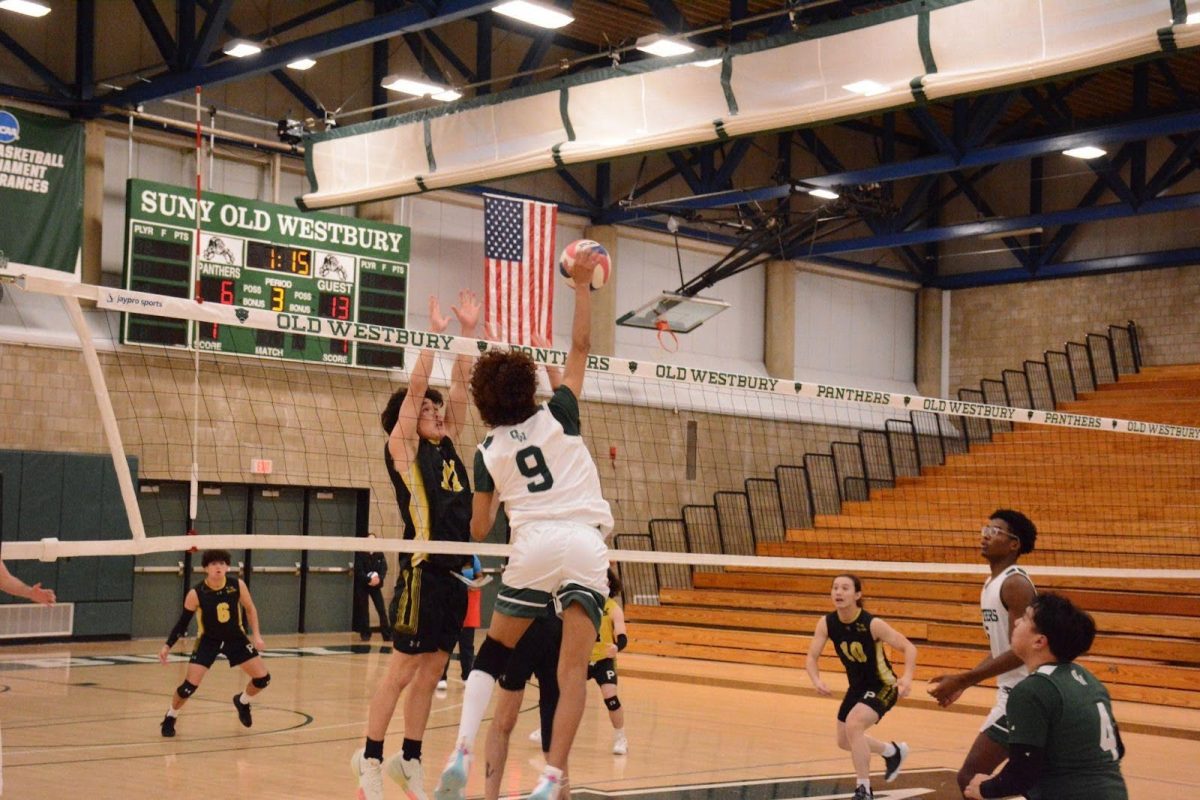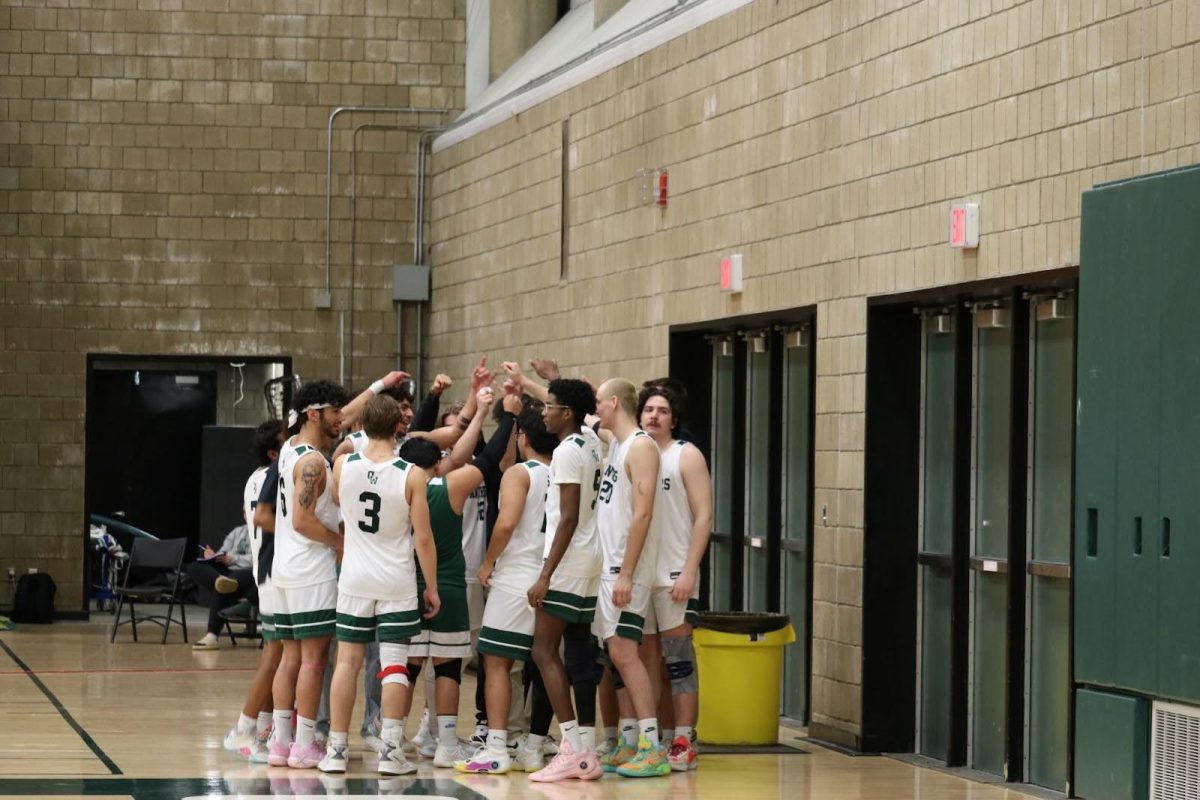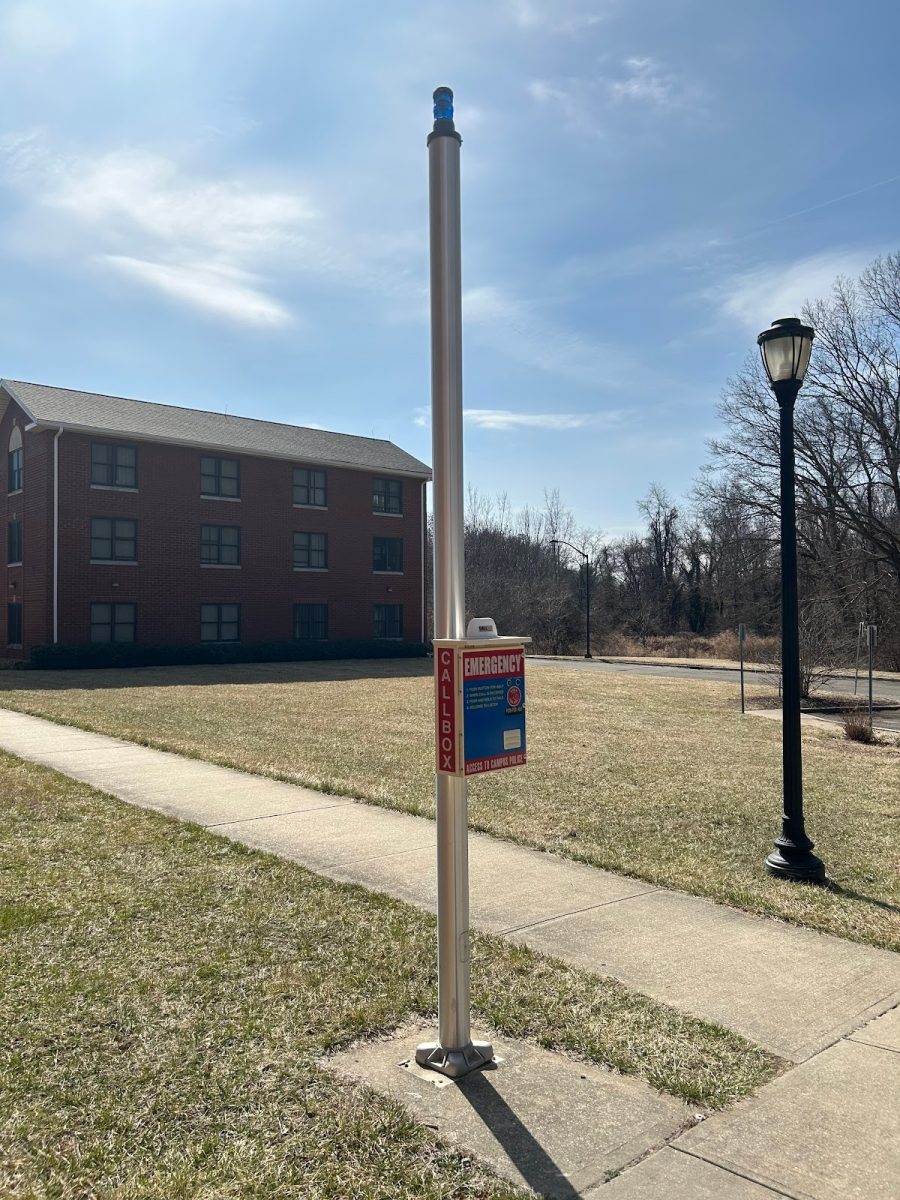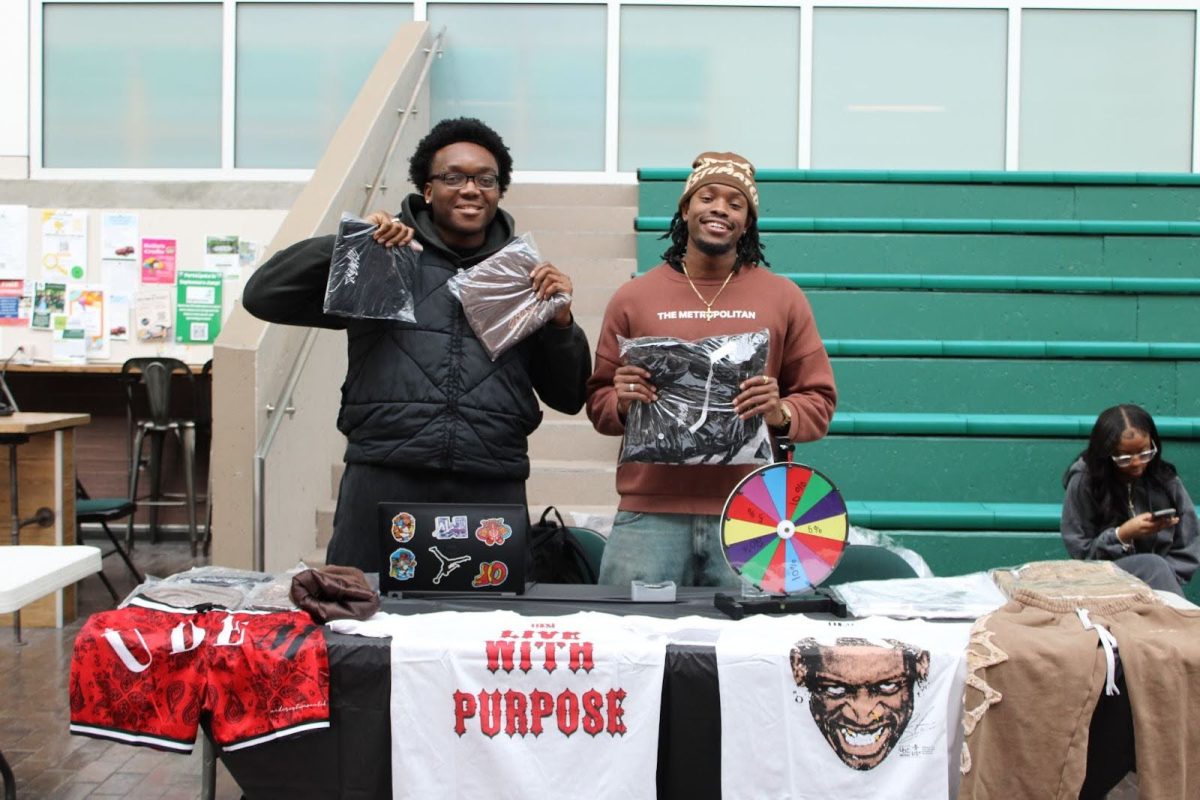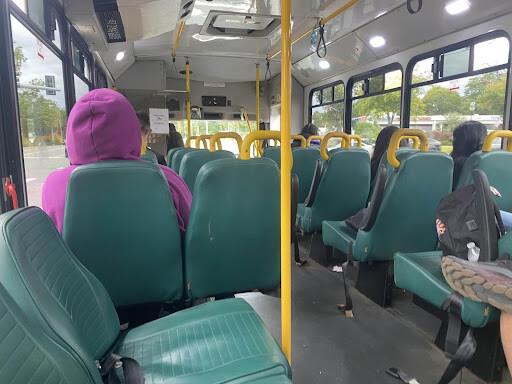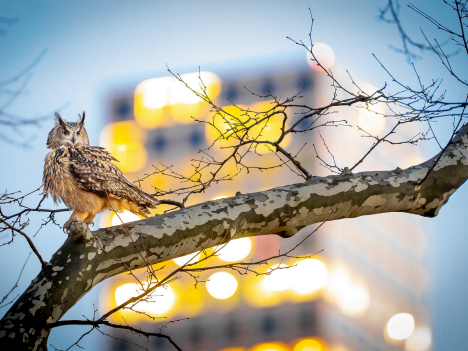
The crisp, lightly frigid breeze of late February serenaded my senses as I drove to Central Park for a photo shoot for my friend’s small business. Headed westbound on the Long Island Expressway to the Upper East Side, Apple CarPlay interrupted my off-pitch singalong to Coldplay’s greatest hits. “I’ll meet you guys in front of the Conservatory Garden! Finding parking right now. See you soon!” read the text. After finding parking, I walked over to the staggering Vanderbilt Gates. I was soon embraced by my friend Nida and my fellow models. As camera equipment and peacoats were strewn across park benches and the hunt for perfect lighting began, a distraught passerby caught our attention. A red rose in her grasp, she asked in a shaky breath, “Do you know where the Flaco memorial is? For the Central Park owl?”
The question lingered in the air. “Flaco?” I echoed, unfamiliar with the name then but intrigued by the hurt in her voice. She explained that Flaco was a Eurasian Eagle owl who had captured the hearts of New Yorkers. Born in captivity at the Central Park Zoo, Flaco had escaped and made his home in the sprawling urban wilderness of one of New York’s most iconic landmarks. His majestic presence and deep orange eyes had become a beacon for bird enthusiasts, photographers, New York City natives, and curious onlookers alike.
Soaring to Storytelling
The question about Flaco stayed with me long after that day in the park. His story, both inspiring and tragic, led me to explore the broader issue of bird safety in urban environments. To gain deeper insight into Flaco’s life and legacy, I turned to my Senior Seminar professor, Dr. Jacqueline Emery. As Chair of SUNY Old Westbury’s English Department and a passionate birder and wildlife photographer, she offered a wealth of knowledge about Flaco and the challenges faced by birds in urban settings. Her connection to wildlife, and especially to Flaco, runs deep.
Flaco, a Eurasian eagle-owl, first landed on Fifth Avenue in Midtown Manhattan on February 2nd, 2023, bewildered and distraught after vandals destroyed his enclosure at the Central Park Zoo. Many feared for his safety as he could not fly well and had never hunted before. For two weeks, Flaco evaded rescue, gradually adapting to his newfound freedom. He eventually settled in Central Park, exploring the park’s vast wilderness and even embarking on winged adventures into nearby Manhattan neighborhoods. Flaco’s majestic presence, brilliant orange eyes, and resilience enchanted New Yorkers everywhere he went, making him a symbol of survival and beauty in an otherwise bustling, unforgiving metropolis.
Dr. Emery and her partner, David Lei, were captivated by Flaco from his release. “It was a very windy and cold day, February 3rd, 2023,” she recalled. “I could not believe my eyes. The first thing that struck me was his size. He was huge. He had these gorgeous, deep orange eyes.” Over the course of the year, the pair observed Flaco more than 150 times, documenting his remarkable transformation as he learned how to hunt, establish territory, protect himself from mobbing birds, and adapt to the four seasons.
Their experiences inspired them to co-author their book, “Finding Flaco: Our Year with New York City’s Beloved Owl”, which chronicles Flaco’s incredible journey and the profound impact he had on bird enthusiasts, photographers, and everyday New Yorkers. According to the book’s website, the narrative draws exciting parallels between Flaco’s behavior and that of other owls in the park, showcasing how he thrived despite the odds. The publication also celebrates the community that rallied around Flaco, sharing stories and artwork from his most fervent admirers.
A Feathered Farewell
Flaco’s adventures ended unexpectedly on February 23rd, 2024, when the hazards of bustling urban chaos finally caught up to him. His death, attributed to secondary rodenticide poisoning and the many risks faced by urban birds, was a devastating reminder of how challenging it is for wildlife to coexist in cities.
A memorial service for Flaco was held beneath the oak tree he was known to roost in, near the 102nd Street crossing in Central Park, on March 2nd, 2024. His body was discovered in a courtyard on West End Avenue. While he had once been caged, Flaco’s final chapter was one of fierce, unrelenting freedom. Part of his wing is now preserved for scientific study at the American Museum of Natural History.
Spreading Wings at SUNY OW
On February 11th, 2025, students and faculty at SUNY Old Westbury got a special opportunity to take flight with Flaco’s story through a live event hosted by the English Department and CEEC. Professor Emery and David Lei shared their photography, answered questions, and recounted their heartfelt experiences birding in New York City. It was an emotional tribute to Flaco and a call to action for environmental awareness and protection.
A Caw to Action
Flaco’s story didn’t just ruffle feathers- it sparked change. Two laws have since been renamed in his honor, including The Flaco Act (Feathered Lives Also Count), which advocates for bird safe building practices.
Want to help protect birds like Flaco? You can:
Use the dBird app (https://dbird.org) to report collisions.
- Learn more about bird-safe design
(https://nycbirdalliance.org/our-work/conservation/project-safe-flight/bird-friendly-building-desi gn).
- Support the Audubon Society (https://www.audubon.org) and get involved in conservation work.
- Visit Sweetbriar Nature Center at 62 Eckernkamp Drive, Smithtown, NY 11787. Call (631) 979-6344 to learn more. It’s free to visit, and you’ll meet birds like Diego the kestrel, Nugget the screech owl, and Stitch the red-tailed hawk, all feathered ambassadors for wildlife.
Be sure to get your talons on Finding Flaco: Our Year with New York City’s Beloved Owl, available on Amazon and at https://www.flacobook.com. Let Flaco’s legacy take flight in your heart, and may we all work to ensure our skies remain safe for the winged wonders who champion the heavens above.

